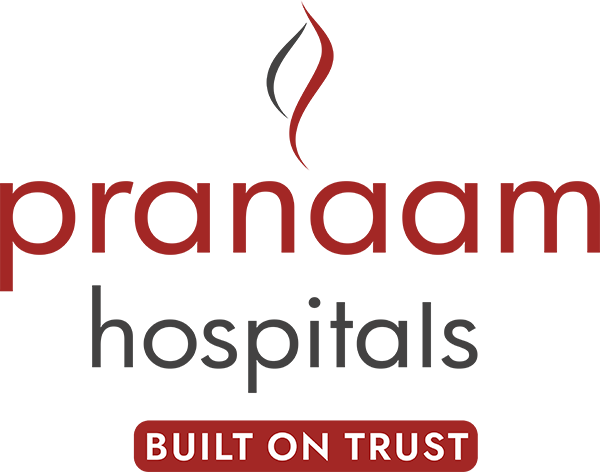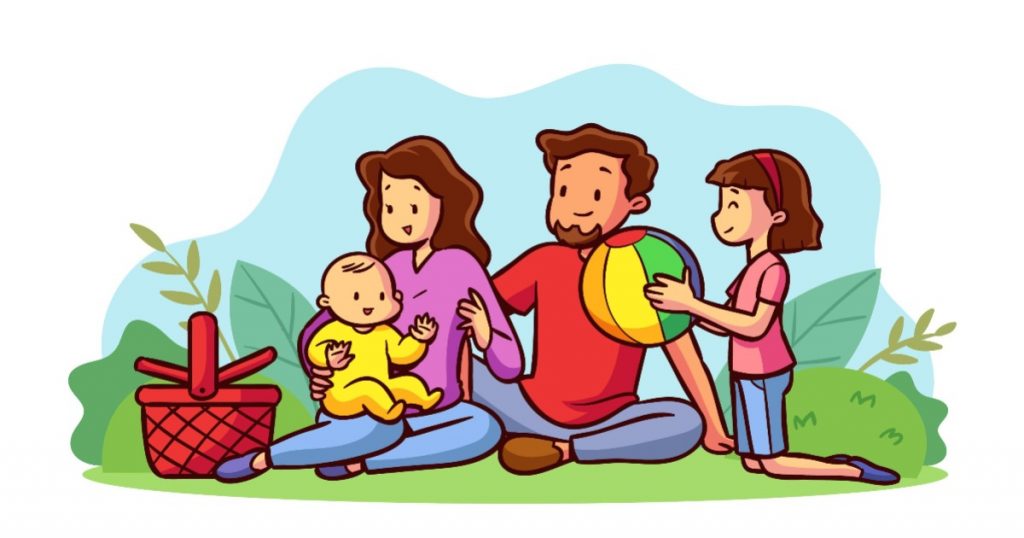In our previous article, we learnt about many factors that could make a baby cry and how it could be handled. In this article, let us learn about diapering, bathing, feeding and burping.
Table of Contents
ToggleDiapering
While usage of reusable cloth diapers is not always advisable, some parents prefer using them on their babies for various reasons including the cost efficiency and environmental hazard factors. Irrespective of the kind of diaper you use on your baby, your little one will dirty them a good dozen times throughout the day, which means you will keep changing diapers, a lot of diapers… So, make sure the diapers you’re using are clean, get diaper ointments, if you are using cloth diapers, get fasteners to keep them in place and depending on how your baby’s skin reacts, keep diaper wipes or a combination of washcloth/cotton and warm water handy. Before the diaper change, you need to clean up the baby first. To do so, put the baby on their back on a soft towel, take off the dirty diaper and wipe the baby’s genitals clean with the washcloth or the wipes. If you’re cleaning a boy baby, take the diaper off slowly because sudden exposure to air can make them pee and if you are cleaning up a girl baby, wipe the baby from front to back to avoid urinary tract infections. Washing your hands thoroughly and using diaper creams will help avoid diaper rashes. Changing the diapers regularly, cleaning well, using diaper creams, can all help in avoiding rashes. Letting the baby be diaper free from time-to-time will also keep the rashes away.Bathing
Remember, a bath every alternate day is perfectly fine for a baby as giving them more baths may lead to dry skin. Always have clean washcloths, baby soaps, baby shampoos, baby oils, sort brushes, clean towels, diapers and other cleaning cloths handy, for your baby might get dirty every now and then. Giving sponge baths to the baby until the umbilical falls is ideal. Follow the same for babies who have undergone circumcision as it allows healing time. For sponge baths, you will need soft sponges of clean washcloths, lukewarm water and other products mentioned above. Dapen the washcloth/sponge with the lukewarm water and start dabbing it on the baby and gently wiping it. Start with the face, cleaning one part after the other, using the same procedure of dampening-dabbing-wiping. While cleaning the eyes, make sure you do not use soap, even if it is the mildest of baby soaps. After you are done with the face, repeat the same process on the body, using baby shampoo by lathering the baby before dampening-dabbing-wiping. Make sure you clean all the creases like the neck, elbows, knees genital areas, under the arms, and behind the ears. Coming to tub baths, of course, when the baby is ready, keep it brief and gentle as your baby is most likely to get agitated by it. Going back to sponge baths for a while is not a bad idea. Make sure the tub in which you are bathing the baby is not under a flowing tap and the water in it is just 2-3 inches deep. Always support the baby’s neck and head with one hand and do the cleaning with the other hand. Both the parents together giving the first few tub baths will make the job easier as each one of you can learn to do it by yourself with time.Feeding
Be it breastfeeding or bottle feeding, one big question is “how often?” Well, the answer is quite simple – “On demand”. You feed the baby when they ask for it. Some cry, some suck their fingers, some make noises… Figure out the cues and feed the child! If you are breastfeeding, give the baby about 15 minutes of nursing time at each breast and repeat the feeding process once every 2-3 hours.Formula-fed babies will consume about 100ml in each feeding. A content baby is easy to tell if they are formula-fed, as you can read the number on the bottles. But if you are breastfeeding, telling a satisfied one from the unhappy one is slightly tricky. To figure out, try noticing your breasts. If the feel full before feeding the baby and less full after feeding them, you can understand that your baby is well fed.Burping
Babies often swallow air during feedings, which gives the gas. Burping your baby often will help prevent your baby from getting all gassy and fussy. Getting your baby to burp after every 100 ml of bottle feed and each time you switch breasts can prevent the fuss. If your baby is still fussy during feeding, try burping them once after an ounce if being bottle fed every 5 minutes if breastfed. Try these burping tips to make the baby burp:- Rub the baby’s back gently with 2-3 fingers while laying them face-down in your lap and ensuring that their head is held higher than their chest. chest is placer higher that
- Pat the back of your baby gently while you hold the baby against your shoulder.
- Always keep your little one in an upright position for 10-15 mins after feeding.


